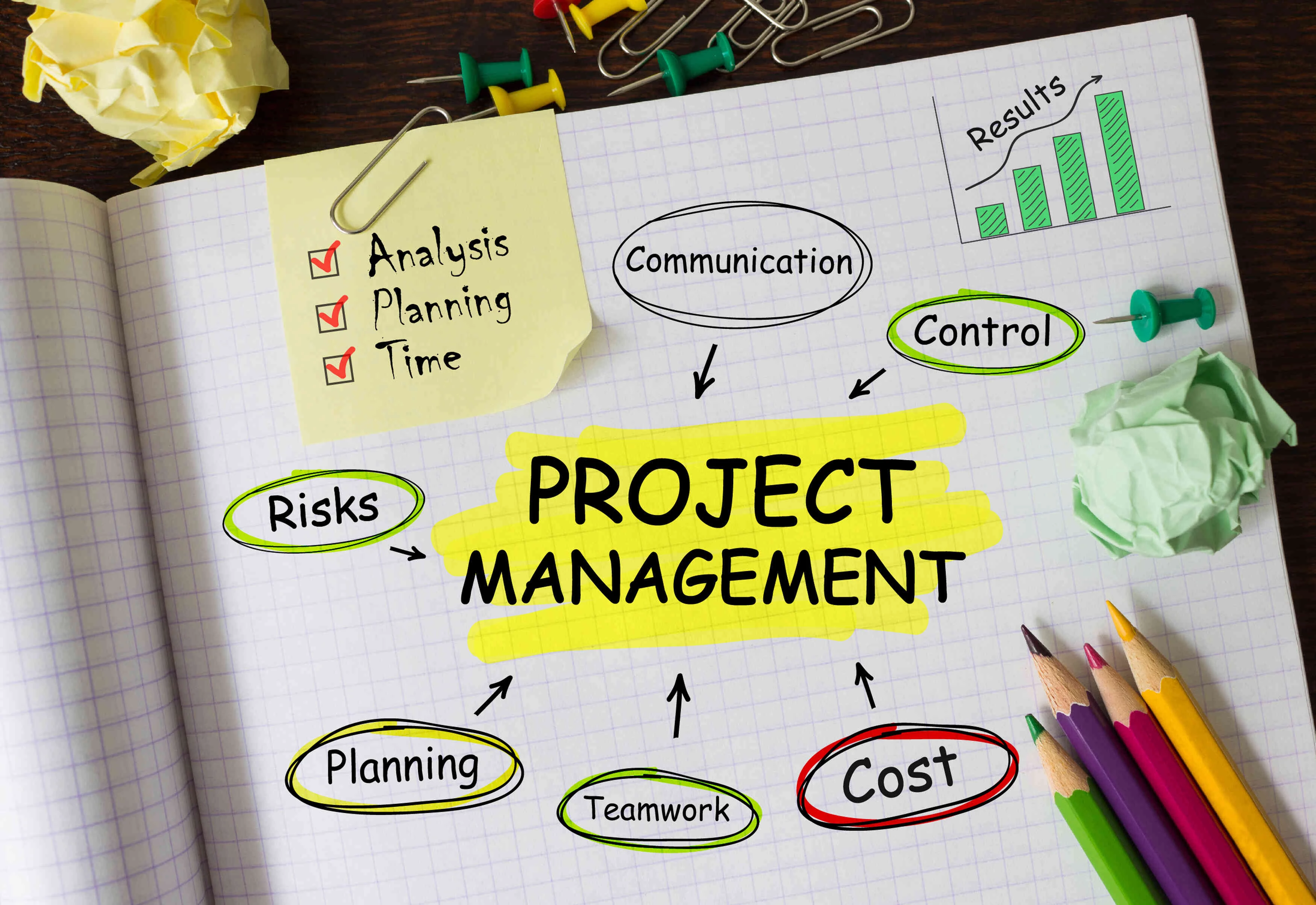The Silent Pillar of Successful Projects : Stakeholder Management
7 mins | Jul 22, 2024

Even the best of innovative projects with an amazing team, state-of-the-art technology, and enthusiastic clients sometimes falls a bit short. But as the weeks roll on, you begin to notice cracks forming—communication falters, expectations misalign, and the initial excitement wanes. What went wrong? Often, the root cause is an overlooked yet vital component of project success: stakeholder management.
Stakeholder management is more than just a box to tick; it’s the art of identifying, comprehending, and engaging all parties invested in your project’s outcome. These stakeholders, whether they’re internal team members or external clients and suppliers, can significantly sway the trajectory of your project toward triumph or failure.
A Real-Life Example of Bad Stakeholder Management
Consider the United Kingdom's National Health Service (NHS) National Programme for IT (NPfIT). Launched in 2002, it aimed to revolutionize healthcare IT infrastructure, making patient records easily accessible across the country. Despite its noble intentions, the program faced severe issues due to poor stakeholder management.
1. Lack of Consultation: The project did not adequately consult with doctors, nurses, and other healthcare staff who would be the end-users of the new systems. Their needs and workflows were not fully considered in the initial planning stages.
2. Communication Breakdowns: There were significant communication gaps between the government, IT providers, and healthcare professionals. These breakdowns led to confusion and resistance among users.
3. Expectation Mismatch: The project's scope and goals were not clearly communicated to all stakeholders, leading to unrealistic expectations. When the system failed to meet these expectations, dissatisfaction grew.
4. Change Management Failures: The introduction of new IT systems required significant changes to existing processes. However, the project did not implement effective change management strategies to help stakeholders adapt to these changes.
As a result, the NPfIT faced numerous delays, cost overruns, and eventually was dismantled in 2011, having cost taxpayers nearly £10 billion without achieving its primary objectives. This example highlights how crucial effective stakeholder management is to project success.
Effective stakeholder management is crucial for several reasons:
- Ensures Clear Communication and Expectations: Regular updates and transparent communication prevent misunderstandings.
- Helps in Risk Identification and Mitigation: Engaged stakeholders are more likely to identify potential risks early.
- Builds Trust and Maintains Project Support: Trust fosters a collaborative environment and ensures continuous support.
- Facilitates Resource Allocation and Support: Well-managed stakeholders are more willing to allocate necessary resources.
- Enhances Problem-Solving and Decision-Making: Diverse perspectives from stakeholders lead to better decision-making.
- Fosters Innovation: Engaged stakeholders can provide valuable insights and ideas, fostering innovation within the project.
- Drives Alignment: By ensuring all stakeholders are aligned with the project's goals and objectives, stakeholder management helps maintain focus and direction.
- Manages Conflicts: Stakeholder management provides a framework for addressing conflicts of interest or differing priorities among stakeholders, minimizing disruptions to the project.
- Enhances Accountability: Clear roles and responsibilities outlined through stakeholder management promote accountability among team members and stakeholders, leading to better project outcomes.
Actionable strategies
To avoid common pitfalls, here are some actionable strategies for effective stakeholder management:
- Identify Stakeholders Early: Begin by identifying all potential stakeholders. Categorize them based on their influence and interest in the project. Create a stakeholder register to document their roles, expectations, and communication needs.
- Understand Stakeholder Needs and Expectations: Use interviews, surveys, and meetings to gather detailed information about stakeholder requirements. Develop a stakeholder engagement plan that outlines how their needs will be addressed.
- Regular Communication: Establish a communication plan with regular updates tailored to different stakeholder groups. Utilize tools such as project management software, emails, and meetings to maintain open communication channels.
- Promotes Sustainability: Consideration of stakeholders' long-term interests and impacts ensures that projects are sustainable and contribute positively to society and the environment.
- Protects Investment: Effective stakeholder management protects the investment of time, money, and resources by minimizing the likelihood of project failure or setbacks.
- Build Strong Relationships: Foster trust through transparency and honesty. Be open about project progress, challenges, and changes. Engage stakeholders in key decision-making processes to make them feel valued and heard.
- Manage Stakeholder Expectations: Set realistic expectations from the outset and manage changes diligently. Use change management processes to handle scope changes and keep stakeholders informed.
- Monitor and Review: Continuously monitor stakeholder engagement and adjust strategies as needed. Use feedback mechanisms to measure satisfaction and identify areas for improvement.
Conclusion
Effective stakeholder management is not just a box to tick; it's a critical component of project success. By identifying, understanding, and engaging with stakeholders, project managers can navigate challenges, build trust, and ensure project alignment with stakeholder expectations. Reflect on your current practices and consider implementing these strategies to enhance your project outcomes.
Author

Share
Other Articles

The Future of Customer Experience: 2025 Trends Every Business Needs to Know
5 mins : Apr 21, 2025

How Businesses Can Benefit from IoT and AI's Powerful Combination
7 mins : Mar 20, 2025

How to Train Your Mind to Think Like an End User While Testing Applications
5 mins : Mar 05, 2025

